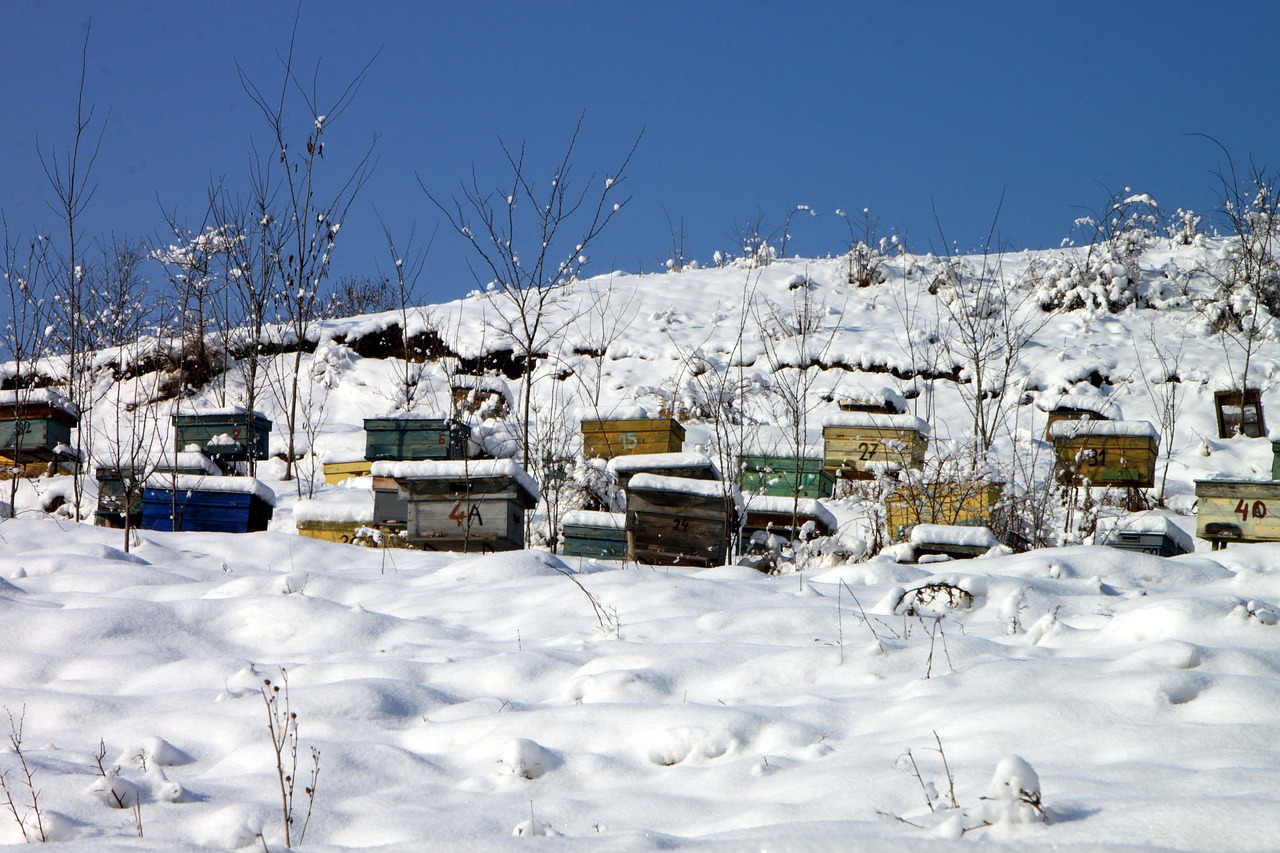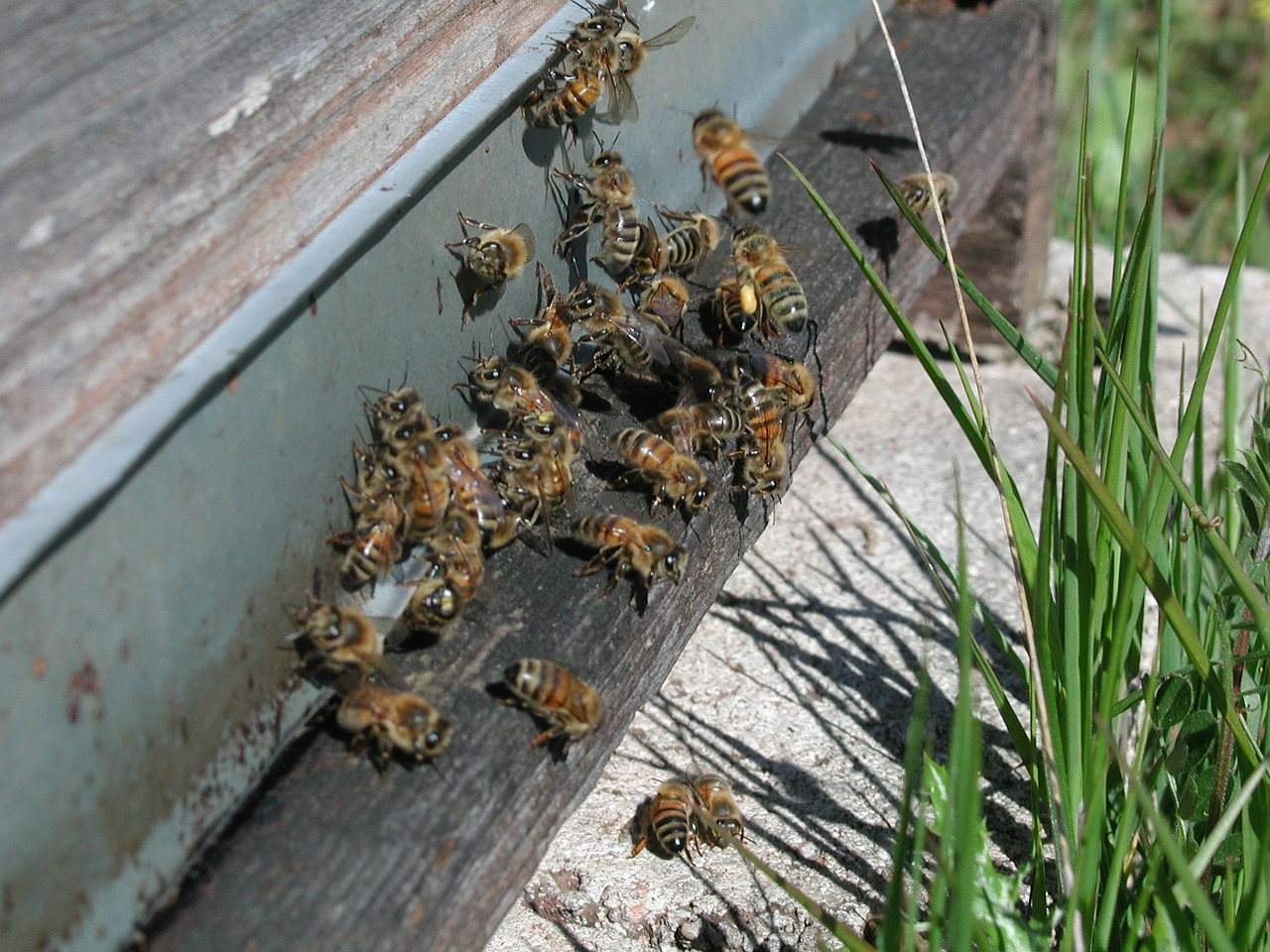In Otago, the coldness of our winters means that our hives pretty much close down over the winter. The bees cluster together inside the hive to keep warm and protect their queen. They consume the honey they have gathered over the summer, and it is the beekeepers responsibility to ensure that the bees have enough food to get through the winter and early spring. If we have taken off all their supplies for our own consumption, they will have no stores to draw on over the winter.
Having taken care of our bees needs, we can have some time off beekeeping over the winter and the season starts again early spring, hence this calendar starts in August. Scroll down to the current month for reminders of tasks to complete this month.
AUGUST
Prepare for the new season.
Assemble feeding equipment and supplies of sugar.
Prepare site by cutting grass around hives.
Make sure you have enough frames/foundation on hand.
Base
Brood Box
Honey super
Hive mat
Queen excluder
Lid
Feeder
Sugar and container for mixing

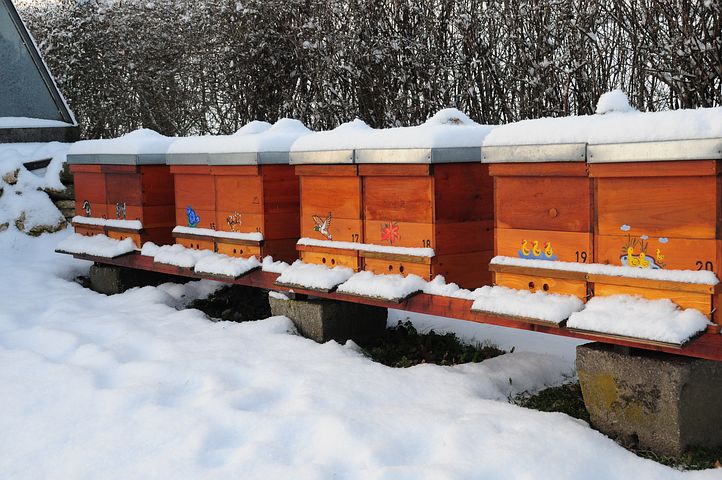
While our more northern friends maybe active in their hives, here in the south it is probably too early to become too enthusiastic about working our hives. Temperatures are usually still too low to expose our bees and lose the warmth in their hives. While August is sometimes warm and settled, don’t be fooled into thinking it will stay this way – September is on its way!
SEPTEMBER
Feed if necessary.
Apply varroa treatment as soon as it is warm enough to open the hives.
Check all frames for AFB
Keep grass cut around hives.
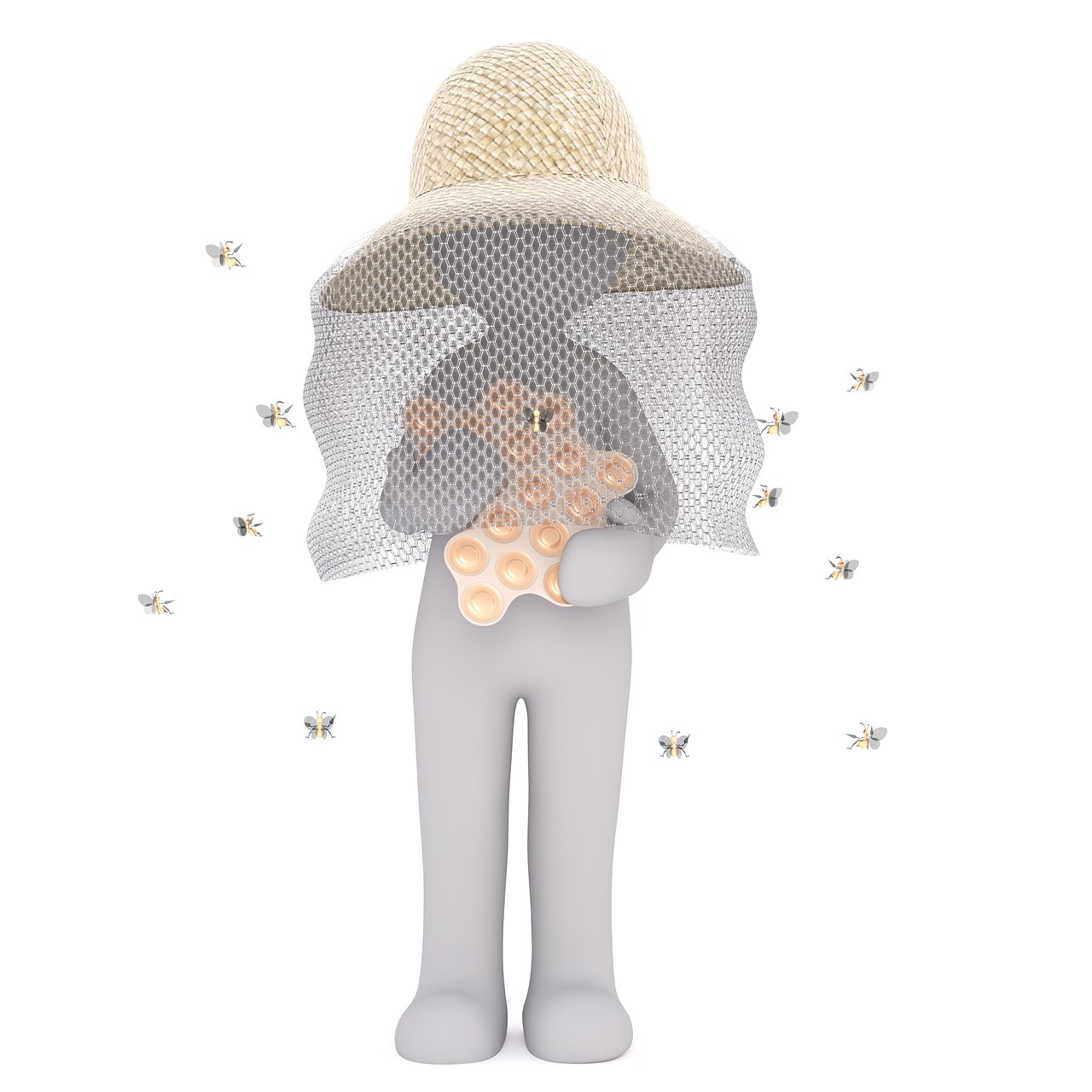
With the days growing longer, the queen increases her rate of egg laying, and of course this means more bees, which means more food required. Keep an eye on food supplies and feed as necessary. Bees can starve at this time if they have consumed all their stores.
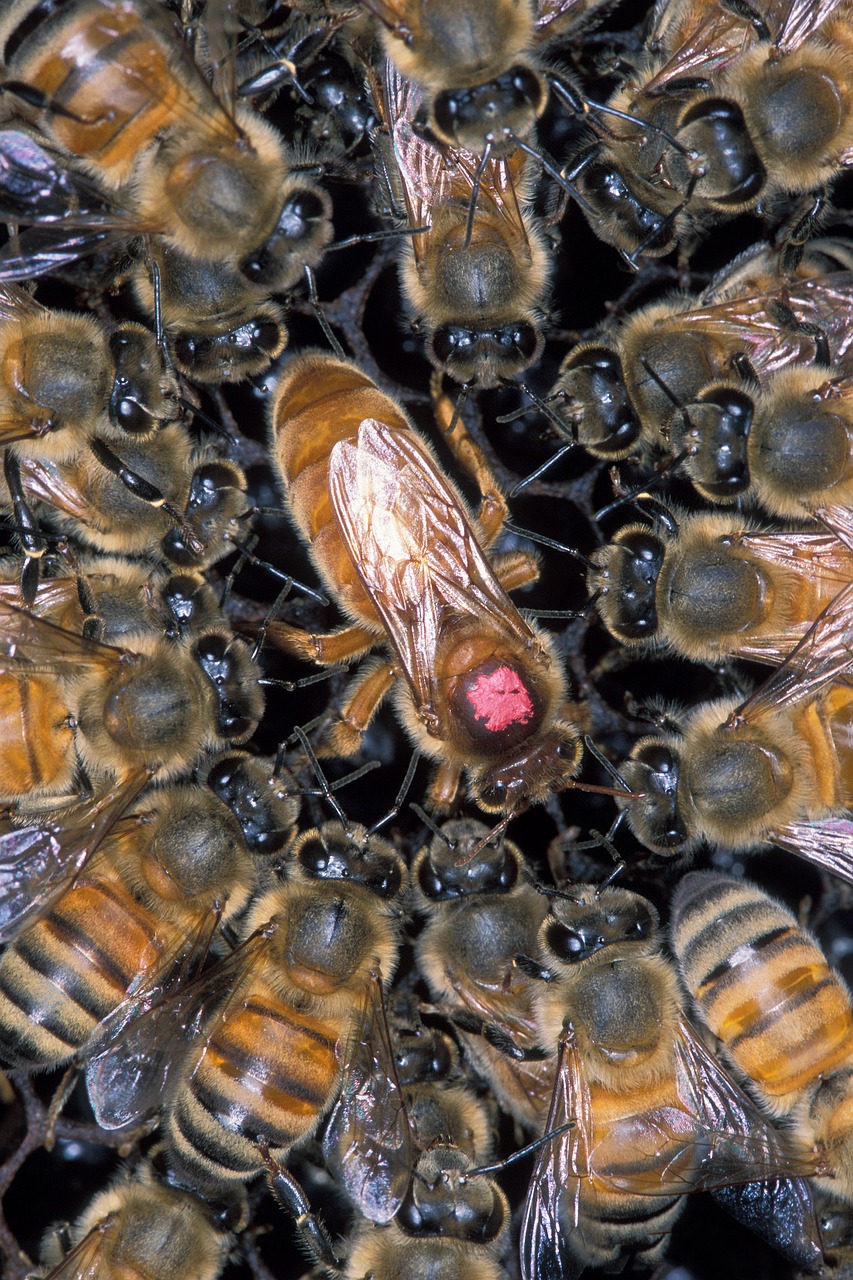
OCTOBER
Check hives for queen. Are there plenty eggs and brood? Is the brood in a good healthy solid pattern?
Apply varroa treatment.
Remove entrance reducers.
Check feed supplies.
Feed sugar syrup if necessary.
Check frames for AFB.
Split hives.
Swarm control.
Requeen hives.
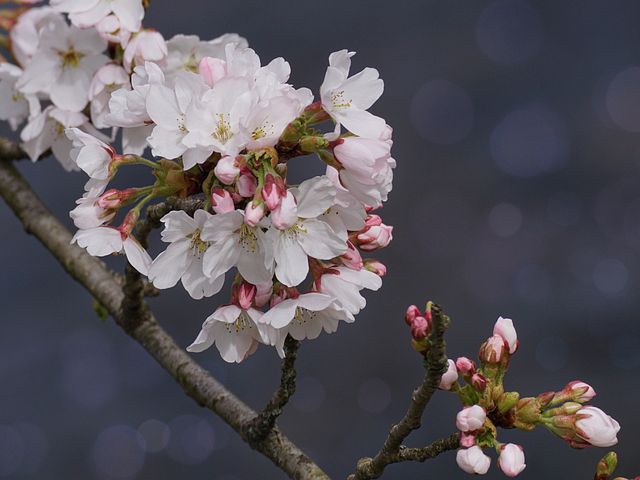
Flowers are blossoming and bees are building their colonies.
Now you can be thankful that you did all that preparation work before winter, and you are well prepared for the new season.
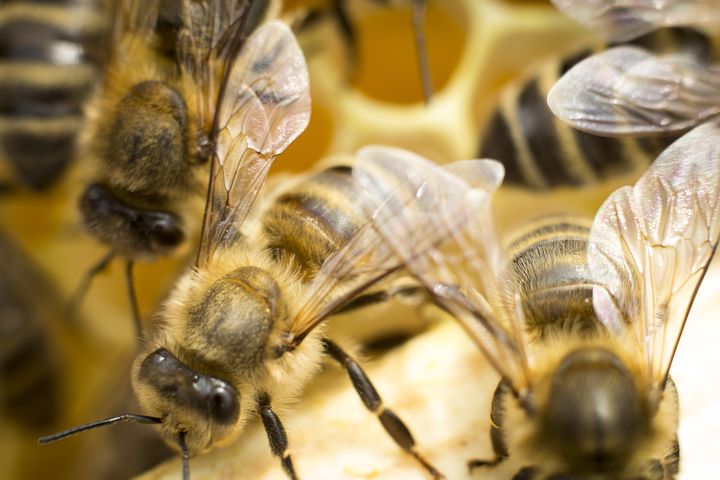
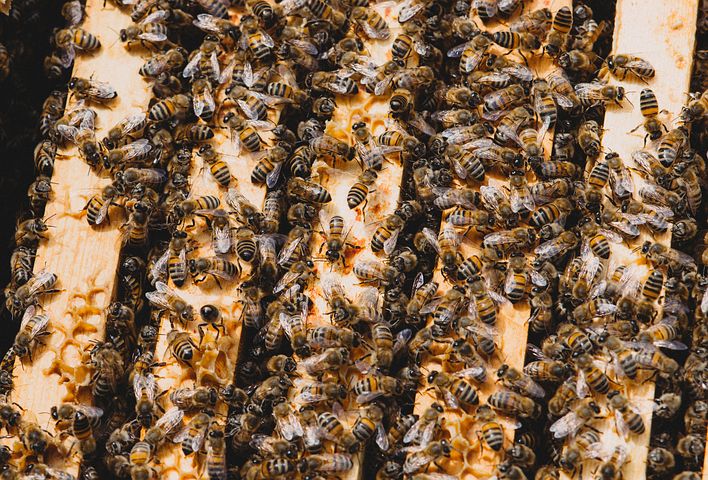
NOVEMBER
Now the hives are humming!
Keep up varroa treatment.
Feed if necessary.
Control swarms.
Check all brood frames for AFB.
Add honey supers.

It is important to check hives weekly to keep a look out for swarm cells.
Prepare all hardware for splitting hives or collecting swarms.
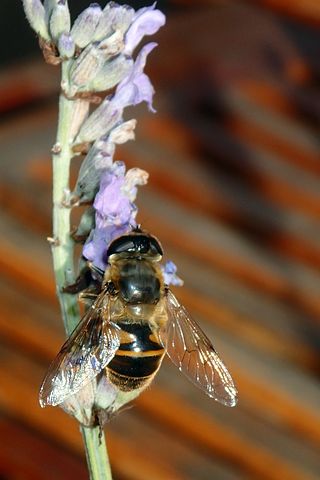
DECEMBER
Remove varroa treatment when required
Feed if necessary
Make splits
Add supers as necessary
Harvest and extract early crops
This is a busy time for bees, and if weather is good the honey supers can fill quickly.
Keep vegetation down around hives.
Ensure bees have access to water where they can drink without drowning. Some stones in a plate of water works well.

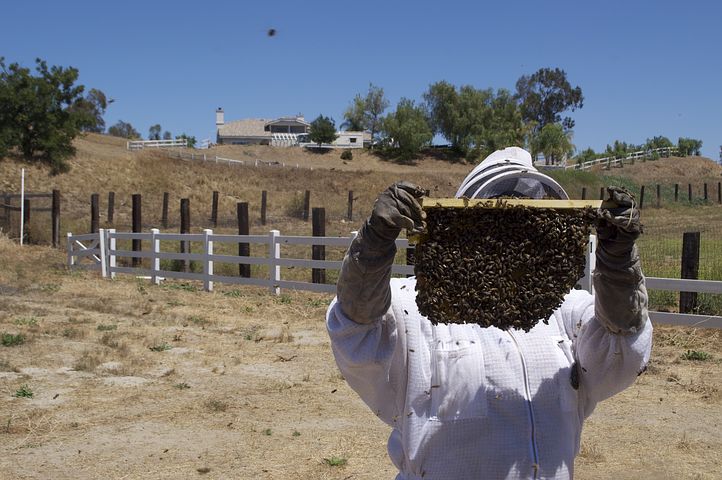

JANUARY
Check honey supers and add more as necessary.
Extract honey
Check frames for wax moth.
Ensure bees have enough water available.
Keep up varroa treatment when honey is removed.
If you find wax moth, or you want to protect yourself, place extracted frames in the freezer for at least 24 hours to kill any eggs or larvae present.
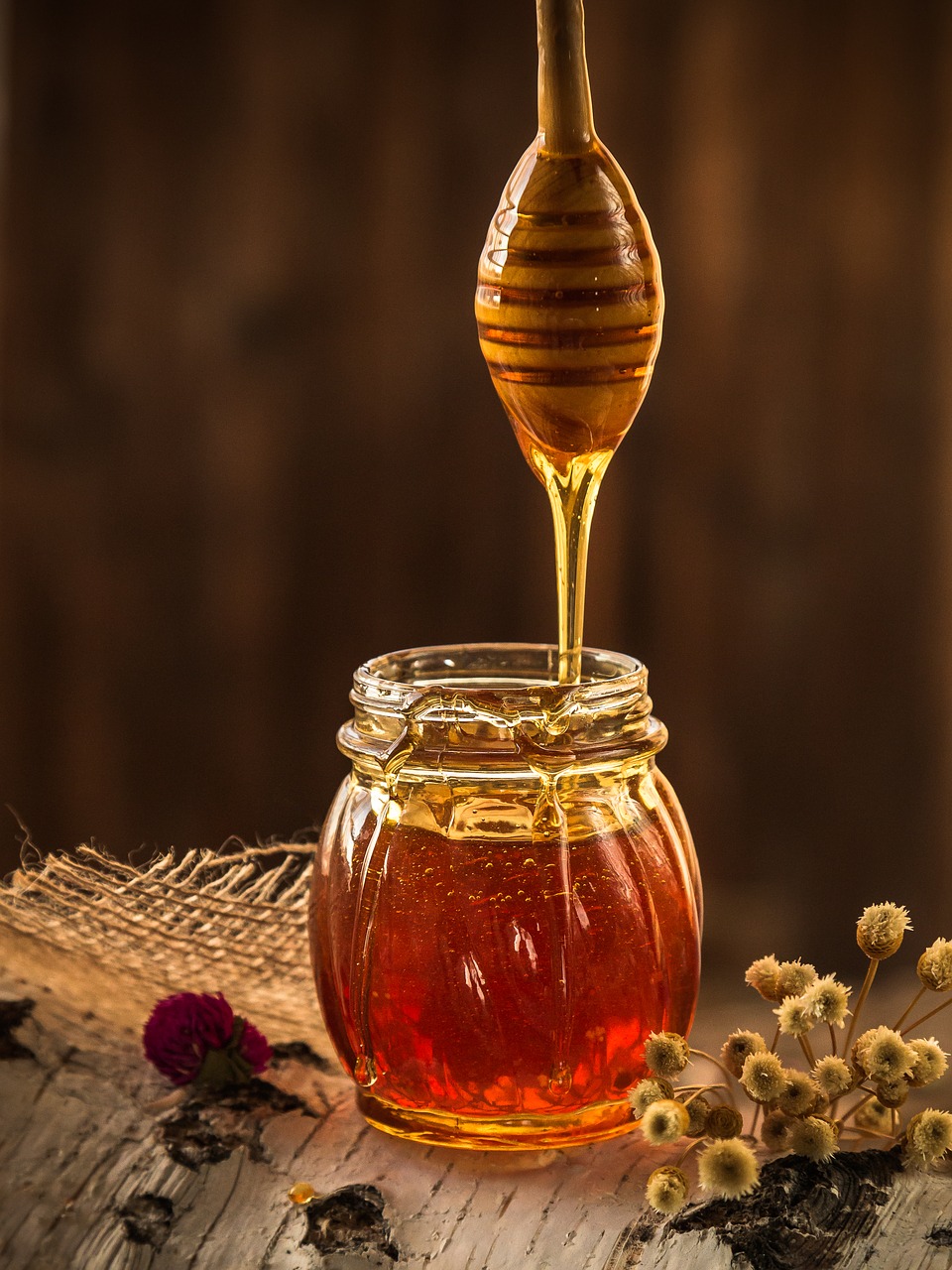
DID YOU KNOW. . .honey is the only food that includes all the substances necessary to sustain life, including enzymes,vitamins,minerals, and water, and it is the only food that contains ‘pinocembrin’ an antioxidant associated with improved brain functioning.
FEBRUARY
Test for varroa and treat if necessary.
Set wasp traps, and destroy nests (see March for easy method).
Remember to remove honey before applying varroa treatment.
Check for AFB
Extract honey.
For us in the south, February is often our warm settled month, and can be very busy for the bees. The weather affects the nectar flow, and too much rain, or not enough rain has a big effect on our honey harvest. Bees need warm days to gather nectar, but the plants also need rain as well as warmth to produce the nectar.
Keeping bees is a good lesson on how we are all interdependent with nature, and some factors we just can’t change no matter how much we want to.

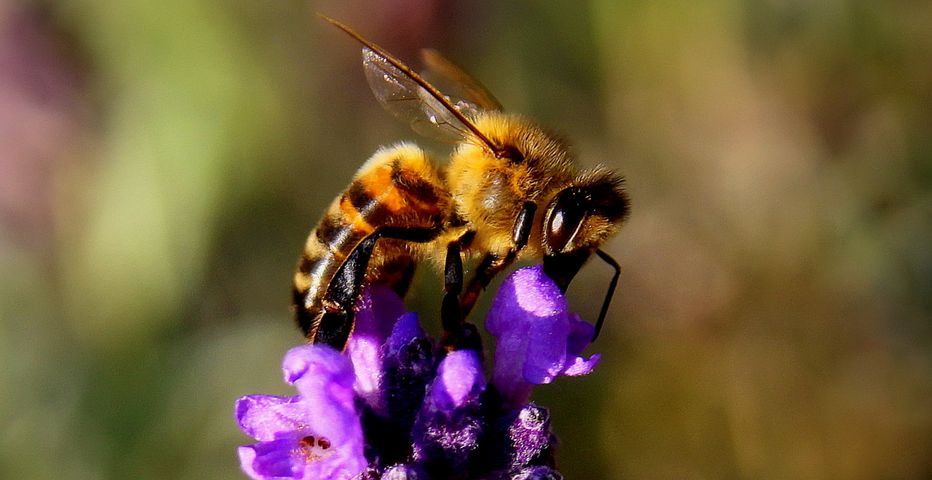
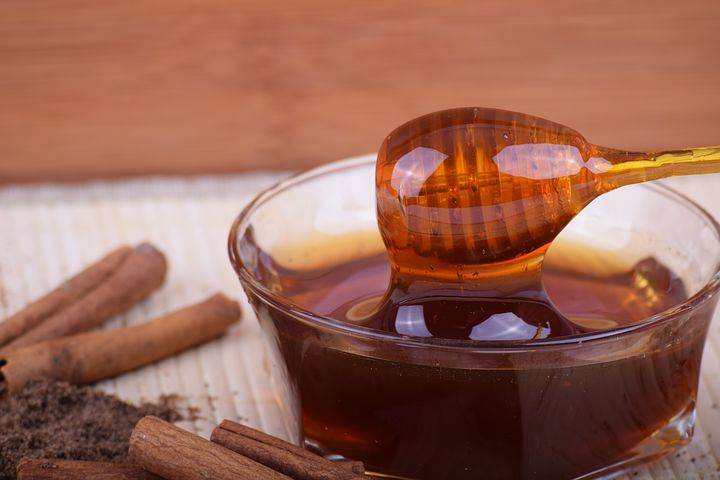
The honey bees wings stroke about 200 beats per minute, giving their distinctive buzz.
A hive of bees will fly the equivalent of 3 orbits of the earth to collect 1kg of honey.
The bees brain is oval in shape and about the size of a sesame seed.
A colony of bees consists of 20,000-60,000 honeybees and one queen. Worker bees are female, live for about 6 weeks, and do all the work!
MARCH
Harvest honey
Set wasp traps, & destroy nests
Add entrance reducers, or close down entrances to prevent wasp attacks
Extract honey and return wet frames to hives for clean up, then store securely from mice and wax moths. Check for AFB.
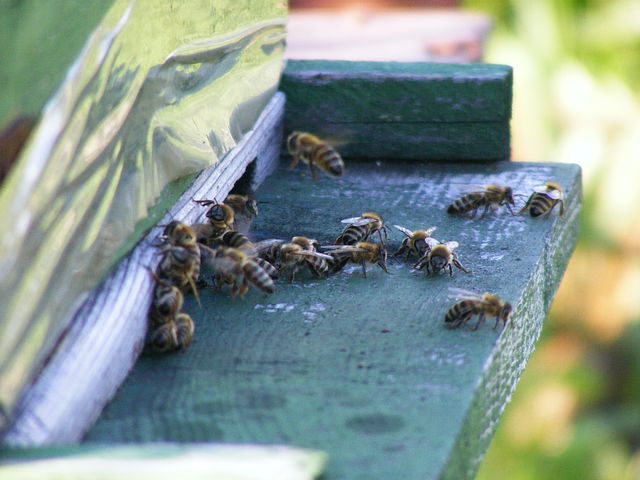
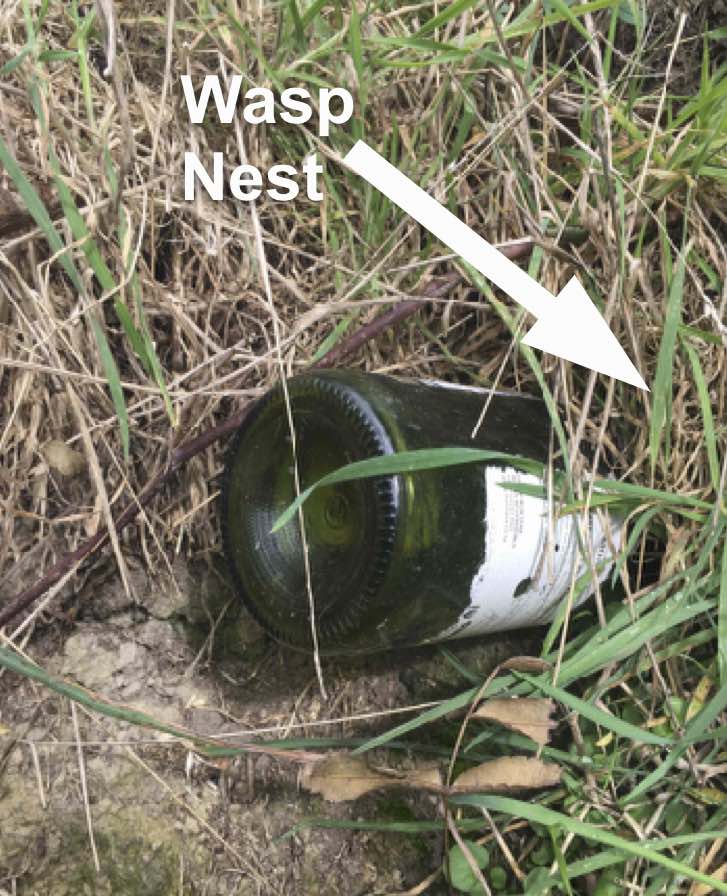
APRIL
Prepare hives for wintering down.
Monitor varroa numbers.
Add feeders if required.
Control weeds/grass around hives.
Render down wax from cappings etc.
Ensure all removed frames/boxes are stored away from mice and wax moth. Put frames in the freezer for at least 24 hours to treat for wax moth.
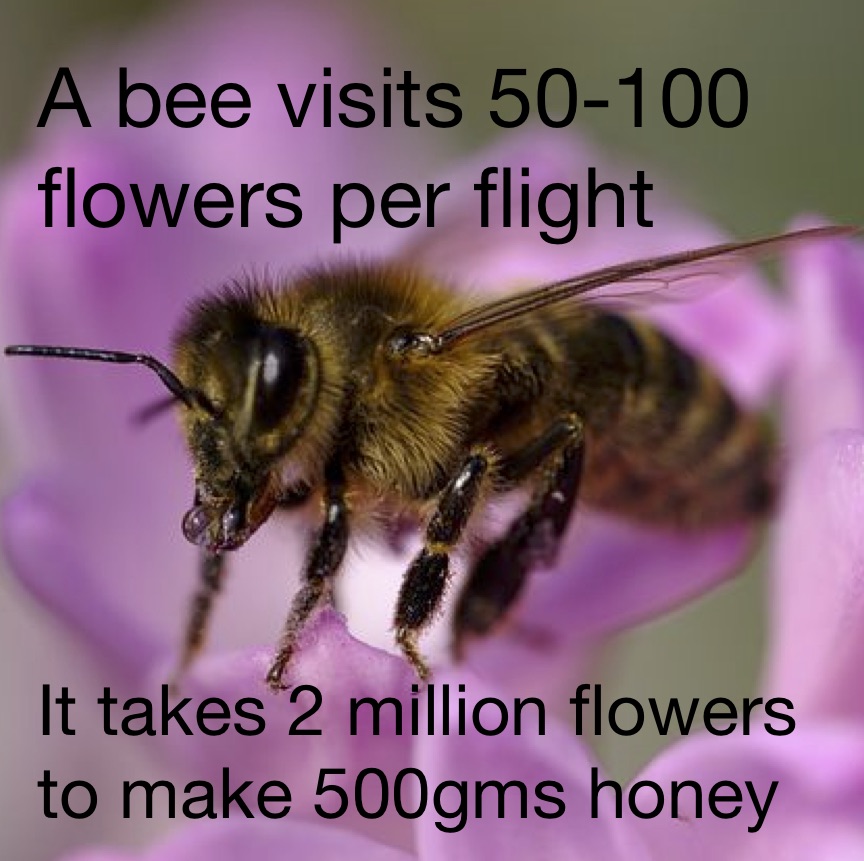
Put aside any frames or boxes which need repaired.
MAY
Remove varroa treatment.
Feed sugar syrup if necessary.
Bring in any honey supers stored on hives.
Treat your beesuit to a wash, and clean up any equipment – scrape your hive tool, clean up your smoker, tidy your gear.
Sell your processed wax, or use it to make something.
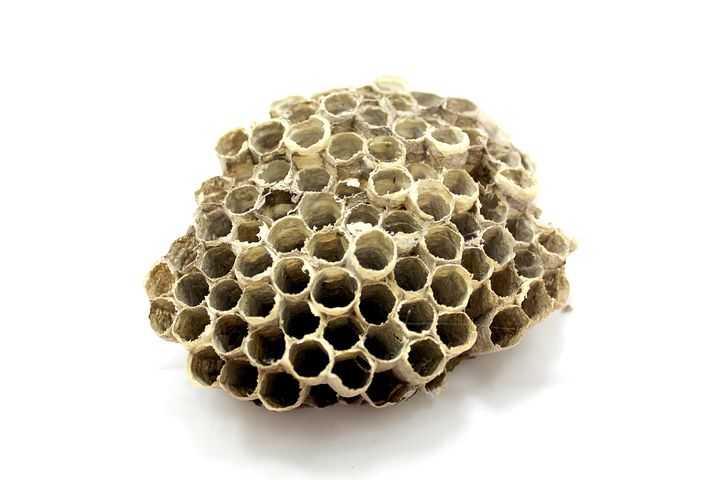

JUNE
Park up by the fire and enjoy the extra time you have.
Read a good book, maybe one about bees.
Learn some new things about beekeeping online.
Park up by the fire and enjoy the extra time you have.
Read a good book, maybe one about bees.
Learn some new things about beekeeping online.
Park up by the fire and enjoy the extra time you have.
Read a good book, maybe one about bees.
Learn some new things about beekeeping online.
Park up by the fire and enjoy the extra time you have.
Read a good book, maybe one about bees.
Learn some new things about beekeeping online.
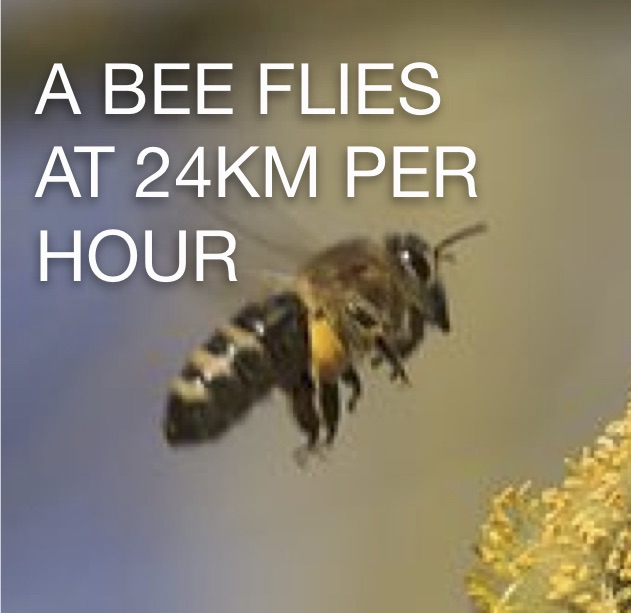
Now is a good time to do any repairs to your equipment, and to do an inventory of what you need for the next season. When you were working your hives in the summer, what were the things you decided you would change for next season? Now is the time to plan for those changes.
AND ENJOY THE FRUITS OF YOUR LABOURS!

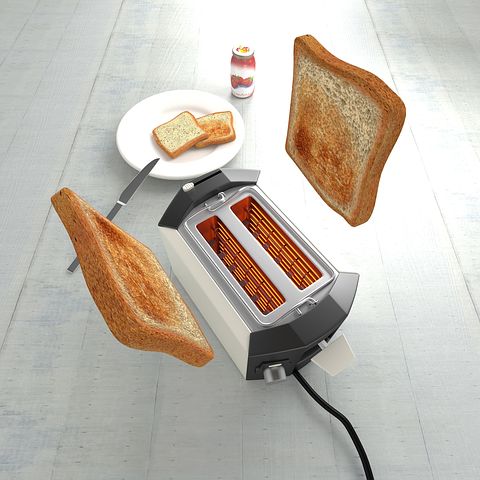
JULY
Ensure hives are protected from chilling prevailing winds, and receive winter sun.
Make up new frames, boxes etc in preparation for the new season.
On a warm day remember to check your food supplies, and top up as necessary.

